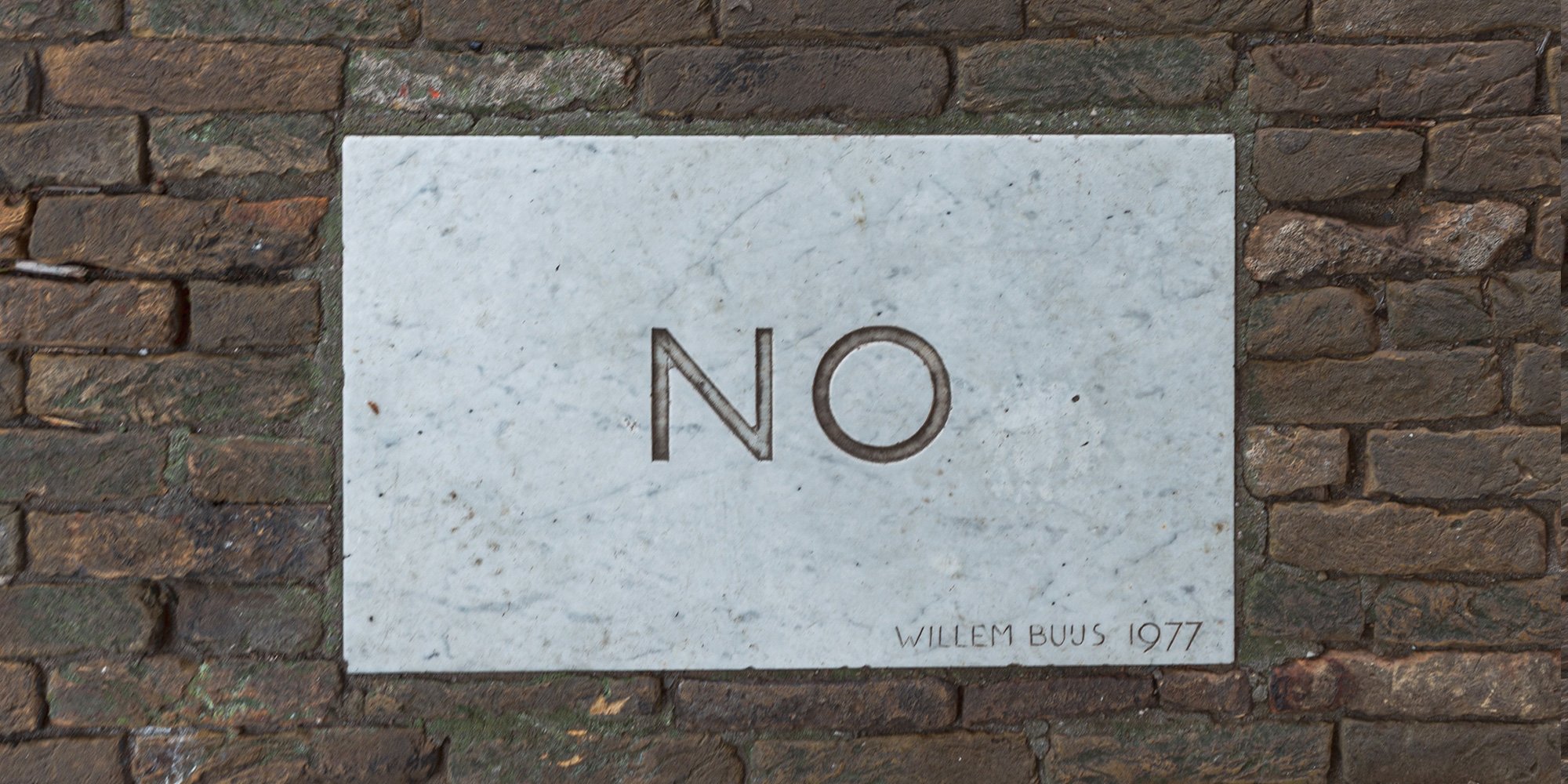Two “Must-Dos” for an Effective Indigenous Engagement Strategy - #1 in Series
When building an effective Indigenous engagement strategy or program, there are many simple things you can do which will go a long way to getting...
2 min read
Bob Joseph March 24, 2014

In this second installment in our series of "Must-dos and Don’ts” for an effective Indigenous engagement strategy, we are providing six “don’ts” that in our experience should be avoided. Some are very obvious, some might surprise you. The most important aspect of effective engagement with Indigenous Peoples is to know and respect your audience and avoiding these “must don’ts” will help you in your effort to build an effect engagement strategy and protocol.
1. Don’t use acronyms in your communications with Indigenous people
We have attended many meetings in Indigenous communities and have witnessed first-hand the overuse of acronyms by other visitors, which may make great sense to the speaker, but no to those listening. Remember where you are and who your audience is. Not only will many in your Indigenous audience be unfamiliar with your acronyms, they might not even want to learn them so don’t lace your presentation with them.
2. Don’t over use technical terms
Much the same as the overuse of acronyms, over use of technical terms will leave the same impression. Indigenous Peoples are like audiences anywhere in the sense that they want a presentation that they can relate to and understand. One comment we often hear Indigenous community members say is, “How come the presenters have to use such big words?”
Make your presentation appeal to your audience. If the audience is strictly technical people, then technical terms or jargon are welcome. Otherwise, use language that the lay person will understand. If in doubt, explain things in plain language that everyone can understand.
3. Don’t use colloquialisms in your communications with Indigenous Peoples
We have written about this hot topic quite a bit on our blog. When communicating with Indigenous Peoples, it is wise to avoid the use of colloquialisms. Many colloquial expressions used in popular communication carry connotations that may offend at least some of the people you will meet.
4. Don’t tell the community you are there to speak to its members as stakeholders.
“Stakeholder” is a commonly used business term that should be avoided at all costs when working with Indigenous communities. If the ‘Rod and Gun Club’ (a stakeholder) doesn’t like what you are doing they can lobby their MP or MLA to try to effect changes. If an Indigenous community doesn’t like what you are doing they have the ability to launch legal action putting your project in immediate jeopardy. In this context, Indigenous people are not merely stakeholders because they have constitutionally protected rights and are used to dealing with Canada, provinces and territories on a Nation-to-Nation basis.
5. Don’t tell the community you are going to treat them as equals
“Equality” is another term that should be avoided when working with Indigenous Peoples. When they hear the term equality or equal they hear that they have to give up their constitutionally protected rights or they hear we can be equal only if they give up their human rights to be who they are as a people.
6. Don’t tell the community that you have a timeline and that they have to meet it
Timelines are thorny issues in Indigenous communities. A good working rule to incorporate is “our timeline is our problem”. At present, most people who go to a community to do business have a timeline. Don’t “tar your project with that dirty brush”; you’ll just create resistance and in the end stretch your project’s timeline. If you push for the sake of your timeline, you may find that it compromises future business opportunities in that community. Conversely, you will likely win respect and a more receptive hearing if you approach the community with an attitude marked by interest and willingness to listen, leaving your timeline back in the office.
Another good way to deal with timeline issues is to have project managers build additional time into business planning processes and policies to accommodate the Indigenous community.
There you have it - some tips from the fourth edition of our book Working Effectively with Indigenous Peoples® for your consideration as you develop your personal or corporate Indigenous engagement strategy.
Featured photo: Unsplash

When building an effective Indigenous engagement strategy or program, there are many simple things you can do which will go a long way to getting...

When communicating cross-culturally there are certain sensitivities around the language used in the letter and expectations placed on the recipient...

This is the second in a three-part series on Barriers to Indigenous Employment. In this article, we offer some solutions that employers could...